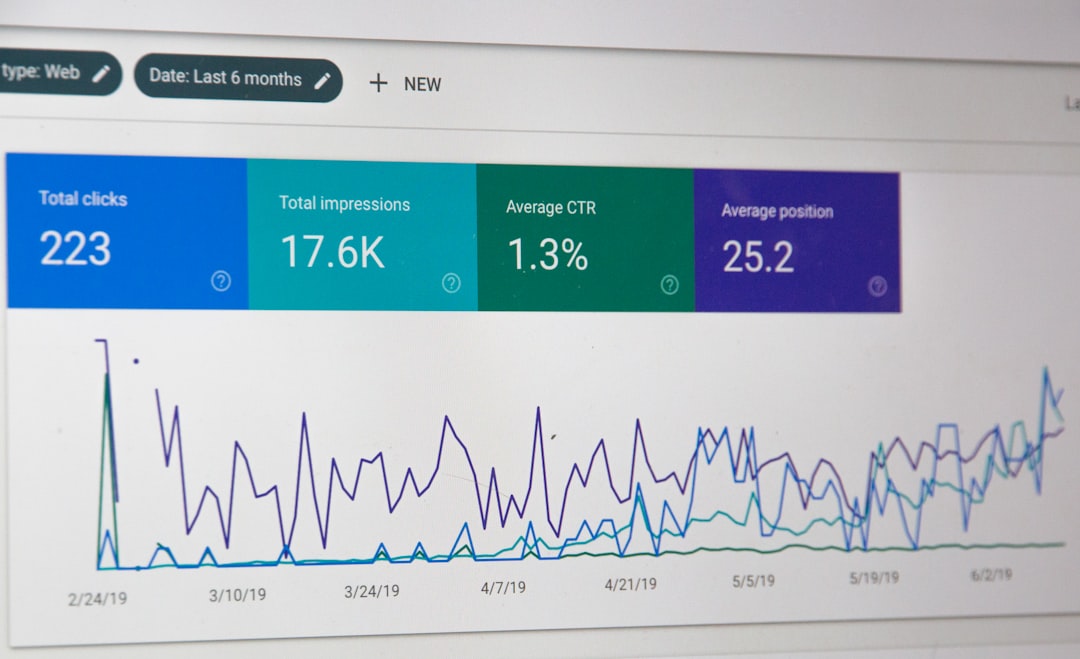Google’s BERT (Bidirectional Encoder Representations from Transformers) algorithm, introduced in 2018, represents a significant advancement in natural language processing (NLP) and machine learning. BERT has transformed the way search engines interpret user queries by understanding the context and nuances of words, resulting in more accurate and relevant search results. This improvement has enhanced the user experience by providing more precise answers to complex search queries.
BERT utilizes transformer architecture, which processes words in relation to all other words in a sentence simultaneously, rather than sequentially. This bidirectional approach allows BERT to comprehend the full context of a word by considering both preceding and following words. Consequently, BERT can accurately interpret prepositions, pronouns, and other context-dependent words that previously challenged search engines.
This innovation has substantially improved Google’s search capabilities, delivering more precise and relevant results to users.
Impact of BERT on Search Engine Optimization (SEO)
The End of Keyword Stuffing
Websites can no longer rely solely on outdated SEO tactics like keyword stuffing to rank high in search results. Instead, they must prioritize creating valuable content that addresses the specific needs and questions of their target audience.
The Rise of Long-Tail Keywords and Conversational Queries
BERT’s ability to understand the context of longer, more specific search queries has made long-tail keywords and conversational queries more important in SEO. Websites that optimize for these types of keywords are more likely to rank higher in search results.
A More Natural and User-Focused Approach to SEO
This shift has led to a more natural and user-focused approach to SEO, where the emphasis is on providing valuable information that directly addresses user intent. As a result, websites that prioritize user experience and high-quality content are reaping the rewards of improved search rankings and increased organic traffic.
Understanding BERT’s Natural Language Processing (NLP) capabilities

BERT’s natural language processing (NLP) capabilities are at the core of its revolutionary impact on search. Unlike previous algorithms that struggled to understand the nuances of human language, BERT excels at comprehending the context and meaning behind words in a search query. This is achieved through its bidirectional processing of words, which allows it to consider the full context of a word within a sentence.
As a result, BERT can accurately interpret the intent behind a user’s query and deliver more relevant search results. One of the key strengths of BERT’s NLP capabilities is its ability to understand conversational language and long-tail keywords. This means that BERT can decipher the meaning behind complex queries, including those with prepositions, pronouns, and other context-dependent words.
As a result, search engines powered by BERT can provide users with more accurate and helpful answers to their queries. This has significantly improved the user experience by reducing the likelihood of irrelevant or misleading search results.
BERT’s influence on search evolution and user experience
BERT’s influence on search evolution and user experience cannot be overstated. By enabling search engines to understand the context and nuances of human language, BERT has elevated the quality of search results to new heights. Users are now more likely to receive accurate and relevant answers to their queries, leading to a more satisfying search experience.
This has not only improved user satisfaction but has also increased trust in search engines as reliable sources of information. Furthermore, BERT has prompted a shift towards conversational search queries and long-tail keywords, as users have become accustomed to receiving more precise results for their specific needs. This evolution has led to a more natural and intuitive way of interacting with search engines, as users can now ask questions in a more conversational tone and expect accurate responses.
As a result, websites that optimize for conversational queries and long-tail keywords are better positioned to meet the evolving needs of users and provide them with valuable information.
How to optimize content for BERT and improve search rankings
Optimizing content for BERT involves creating high-quality, contextually relevant content that directly addresses the needs and questions of your target audience. This means focusing on providing valuable information that aligns with the intent behind users’ search queries. To achieve this, it’s essential to conduct thorough keyword research to identify long-tail keywords and conversational queries that are relevant to your niche.
By incorporating these keywords naturally into your content, you can increase the likelihood of ranking higher in search results. In addition to keyword optimization, it’s crucial to prioritize user experience by creating engaging and informative content that resonates with your audience. This includes writing in a clear and concise manner, using subheadings to organize your content, and incorporating multimedia elements such as images and videos to enhance the overall user experience.
By prioritizing user-focused content that addresses specific questions and needs, you can improve your chances of ranking well in search results and attracting organic traffic to your website.
Future implications of BERT on SEO and digital marketing strategies

Looking ahead, the future implications of BERT on SEO and digital marketing strategies are significant. As search engines continue to prioritize contextually relevant content that aligns with user intent, SEO professionals will need to adapt their strategies accordingly. This means focusing on creating high-quality, user-focused content that addresses specific questions and needs, rather than relying solely on traditional keyword optimization tactics.
Furthermore, the rise of voice search and smart assistants will further emphasize the importance of optimizing for conversational queries and long-tail keywords. As more users turn to voice search to find information, websites that prioritize natural language and conversational content will have a competitive advantage in attracting organic traffic. This shift will require SEO professionals to rethink their approach to keyword research and content creation, placing greater emphasis on understanding user intent and delivering valuable information in a natural and engaging manner.
Adapting to BERT and staying ahead in the evolving search landscape
In conclusion, Google’s BERT algorithm has fundamentally transformed the way search engines understand and interpret human language. Its natural language processing capabilities have elevated the quality of search results, leading to a more satisfying user experience. As a result, SEO professionals must adapt their strategies to prioritize high-quality, contextually relevant content that directly addresses user intent.
By optimizing for conversational queries and long-tail keywords, websites can improve their chances of ranking well in search results and attracting organic traffic. Looking ahead, the future implications of BERT on SEO and digital marketing strategies will require a shift towards user-focused content that aligns with the evolving needs of users. By staying ahead of these trends and adapting their strategies accordingly, SEO professionals can position themselves for success in the ever-evolving search landscape shaped by BERT.
For those interested in the evolution of search engines and SEO strategies, particularly in relation to Google’s BERT, it’s also worth exploring how new technologies continue to shape the landscape. A related article that delves into recent advancements is OpenAI Announces SearchGPT Prototype, Google Stock Crashes. This piece discusses the introduction of the SearchGPT prototype by OpenAI and its significant impact on Google’s market position, providing a contemporary context to the ongoing changes in search technology and their implications for SEO.
FAQs
What is Google’s BERT?
Google’s BERT (Bidirectional Encoder Representations from Transformers) is a natural language processing pre-training technique that helps Google understand the context of words in search queries.
How does BERT influence SEO?
BERT helps Google better understand the context of search queries, which means that content creators need to focus on creating high-quality, relevant content that answers specific user queries.
What are the benefits of BERT for search evolution?
BERT helps Google provide more relevant search results by understanding the context of words in search queries, leading to a better user experience and more accurate search results.
How can content creators optimize for BERT?
Content creators can optimize for BERT by focusing on creating high-quality, relevant content that answers specific user queries, using natural language and avoiding keyword stuffing.

